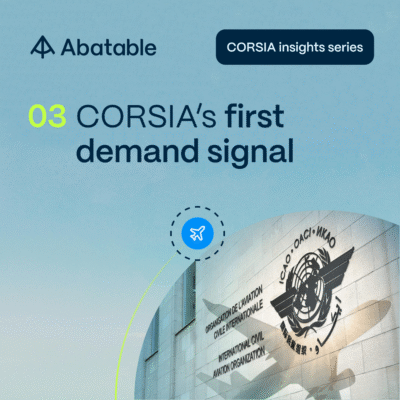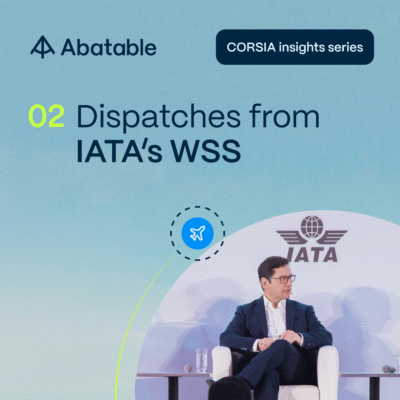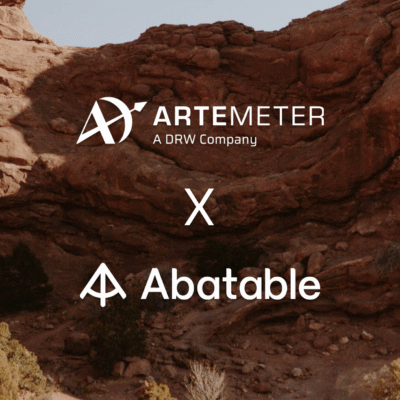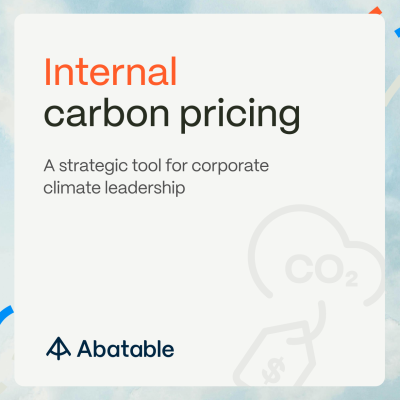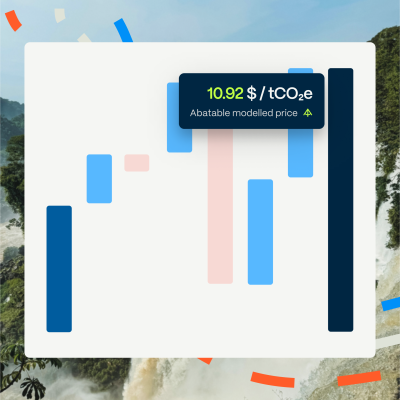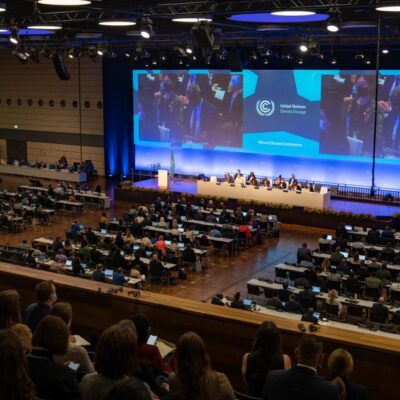The second of our COP28 blogs outlines the state of play for Article 6.4 and how it compares to the IC-VCM’s Core Carbon Principles.
While corporates, NGOs and other climate stakeholders are discussing climate initiatives in Dubai, behind closed doors negotiators are continuing to thrash out the finer points of 2015’s Paris Agreement on climate change.
The Paris Agreement’s Article 6 – which sets a framework for countries to trade emissions reductions between each other – is not taking centre stage in the discussions this year. Technical stakeholder groups are instead quietly and diligently pushing forward the operationalisation of the mechanism.
Nevertheless, how these discussions go will have a big impact on the cadence of Article 6 development. Here, we hone in on Article 6.4, under which a centralised framework is being designed to create a global carbon credit market to help countries meet their emissions pledges. This article follows on from our previous blog post focusing on Article 6.2 and the concept of bilateral Internationally Transferable Mitigation Outcomes (ITMOs) – essentially a route for countries to transfer emissions reductions between each other.
The decisions made regarding Article 6.4 will have far-reaching consequences for the global carbon credit market and broader efforts to combat climate change. In this blog post we unpack the intricacies of the ongoing discussions and offer insights into how the Article 6.4 framework will interplay with existing voluntary carbon market quality and integrity initiatives.
How will Article 6.4 work?
Article 6.4 of the United Nations Framework Convention on Climate Change (UNFCCC)’s Paris Agreement is designed to provide a structure for a carbon credit market within which greenhouse gas emission reductions or removals may be transferred internationally. The Article 6.4 mechanism will operate under a centralised trading system managed by the UN in a similar fashion to the Kyoto Protocol’s Clean Development Mechanism (CDM).
Under the Article 6.4 mechanism, carbon credits known as ‘Article 6.4ERs’ will be issued under methodologies approved by a dedicated Article 6.4 Supervisory Body (SB) of technical experts. Greenhouse gas emission reductions or removals certified in a ‘host’ country (i.e. where the emissions reduction projects are located) can either be authorised for use to be transferred to other countries (or private organisations), or to be used for other climate change mitigation purposes or non-authorised for contribution claims.
A country purchasing Article 6.4ERs could use them to record progress against its climate pledge, or nationally determined contribution (NDC), submitted pursuant to the Paris Agreement.
Dive into country NDC ambition and country-level Article 6 readiness in Abatable’s carbon market country policy profiles.
How is Article 6.4 progressing?
The Article 6.4 SB took a decisive step in a recent extraordinary meeting held on 16 and 17 November by reaching a consensus on methodological principles recommendations before COP28 began. This was a significant development and these recommendations are crucial, as they delineate the principles that Article 6.4 methodologies should adhere to and provide specific guidance on carbon removal.
However, many areas of uncertainty still exist in relation to integrity and the operationalisation of Article 6.4 transactions, and we expect to not reach full clarity on these at COP28.
These areas include:
- how the government authorisation process will work; and
- how the Article 6.4 centralised system will function and interoperate with Article 6.2’s decentralised registries.
Country representatives are now scrutinising and deliberating on these methodological principles at COP28, and the fate of Article 6.4 lies in the hands of these negotiators. If the proposed text on methodologies receives approval, the SB will commence the actual development of methodologies in the coming year. A lack of adoption however would be costly in terms of time and would result in a one-year delay in the crucial Article 6.4 process of cementing the methodologies that underpin the mechanism.
Comparing the principles
It is not yet understood how Article 6.4ERs methodologies will interact and overlap with newly established quality standards like the Integrity Council for the Voluntary Carbon Markets (IC-VCM), as well as with the existing and more established methodologies developed by Verra, Gold Standard and other independent carbon standards.
This is a crucial question, the answer to which will have a significant bearing on the evolution of the market.
To attempt to understand the level of alignment and shed light on the potential impact of Article 6.4, we’ve compared the SB’s Article 6.4 methodological principles with the IC-VCM’s published Core Carbon Principles (CCPs). You can see this comparison in Table one.

Table one: A factor-by-factor comparison of the SB’s Article 6.4 methodological principles and the IC-VCM’s Core Carbon Principles.
A work in progress
When interpreting Table one it is crucial to note that the two methodological documents are in different phases of development. While the CCP framework has been published as a finalised version, following months of iteration and stakeholder feedback, the Article 6.4 framework is being presented as the final recommendation at COP28.
Members of the Article 6.4 SB acknowledged that, while the framework is currently far from perfect, it provides an appropriate foundation that host countries can build on.
The Article 6.4 methodological direction as it stands seems to be catering more directly to the former CDM ecosystem, which is focused on tech-based engineered solutions. Whether certain types of activities beyond emission reduction and removals, for example emission avoidance or REDD+ projects will be considered eligible activities for Article 6.4ERs in the future remains to be seen.
It is of utmost importance as COP28 unfolds to make sure that the Article 6.4 mechanism is being developed as a credible mechanism for market participants, and that the SB remains a custodian for quality and integrity.
We believe that methodological principles set out by the Article 6.4 SB should closely consider the IC-VCM principles and guidance to support coherence and ideally convergence in the market.
Moving in this direction at COP28 would set the foundations for a unified and straightforward direction towards a better future for climate, nature and people.
This is a follow-on from an earlier blog post where we explored what to expect on Article 6.2 at COP28.
Want more? Our carbon market country policy profiles provide deep dives into policy developments on a country level, including Article 6 and Paris Agreement commitments.




